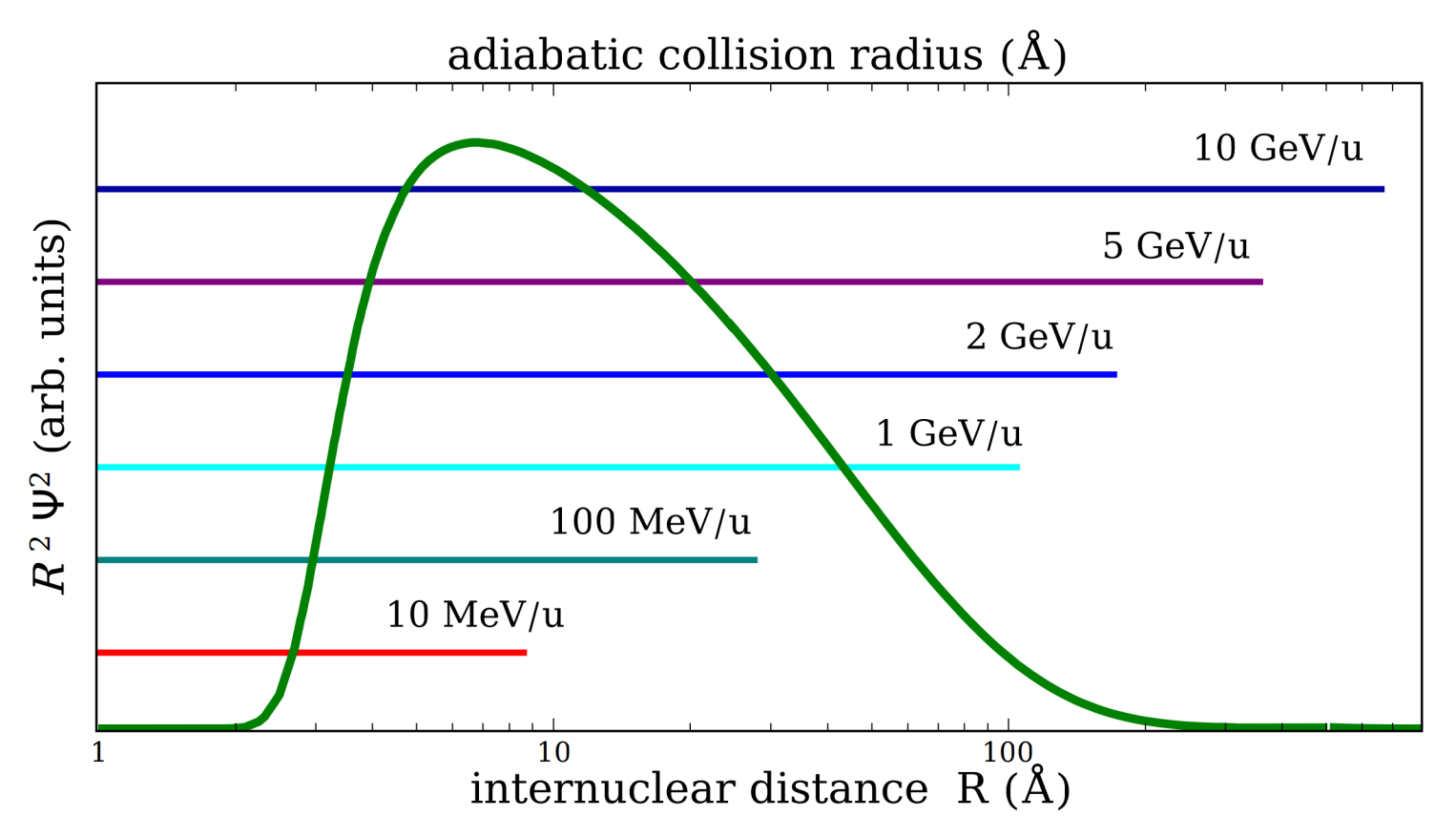Researchers Propose Probing Helium Dimer by Relativistic Highly Charged Projectiles
In a recent theoretical work published in Physical Review Letters, researchers at the Institute of Modern Physics (IMP), Chinese Academy of Sciences (CAS) and their collaborator suggest probing helium dimer by relativistic highly charged projectiles.
Helium dimer (4He2) represents a fascinating example of a very delicate quantum system whose existence has been theoretically discussed since 1920s. It was only observed experimentally in 1993–1994 and still a hot research topic up to now.
With a tiny binding energy and an enormous size, helium dimer is the most weakly bound and most extended and “delocalized” diatomic system. Due to its extreme dimensions and exotic character, helium dimer is considered as a unique system to study electron correlations over large distances. And the dimer is regarded as a quantum halo system that spends most of the time in the classically forbidden region.
To probe the structure of helium dimer, researchers at IMP and their collaborator considered the fragmentation of the helium dimer into singly charged ions by collisions with relativistic highly charged projectiles.
It was found that the interaction of an ultrafast projectile with an extreme extended object—helium dimer—possesses interesting features that are absent in collisions with normal molecules/atoms.
Researchers demonstrated that ultrafast projectiles, due to their extremely long interaction range, can probe the structure of the dimer ground state in the halo region between 14 angstroms to 250 angstroms, where the dimer spends 80% of the time. And the study also suggests that such projectiles can be used for accurate determination of the binding energy.
Moreover, it was shown that this mechanism is strongly influenced by relativistic effects and the classical description of the collision dynamics fails completely.
There are several laboratories worldwide where these processes are studied experimentally. In particular, researchers at IMP possess the ability to prepare various gaseous including dimer targets in a Reaction-Microscope at the heavy ion storage ring, which lays foundation for future research on helium dimer.
This work is supported by the National Key R&D Program of China.

Fig. 1 The dimer ground state and the adiabatic radius Ra at different impact energies. (Image by Bennaceur Najjari)
Contact Information
Institute of Modern Physics
Email: Email: fangliu@impcas.ac.cn



 甘公网安备 62010202000713号
甘公网安备 62010202000713号


